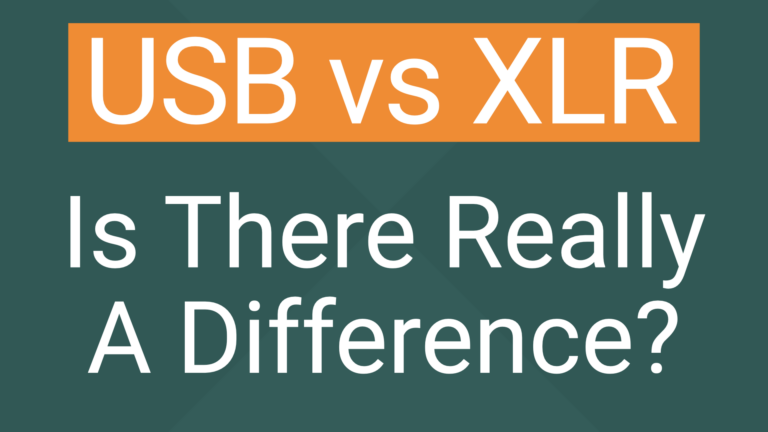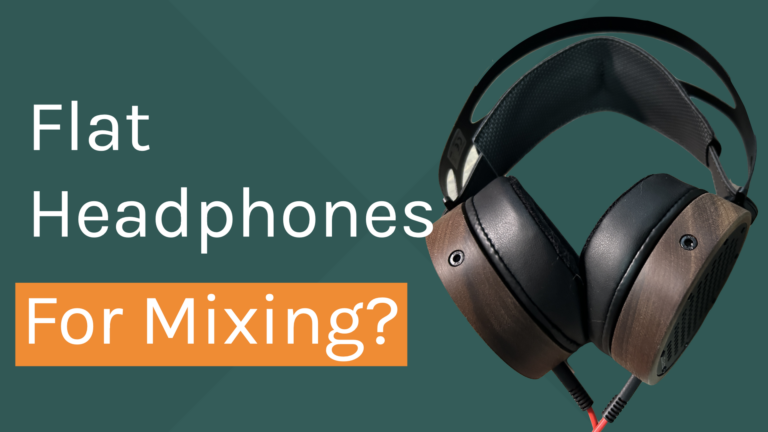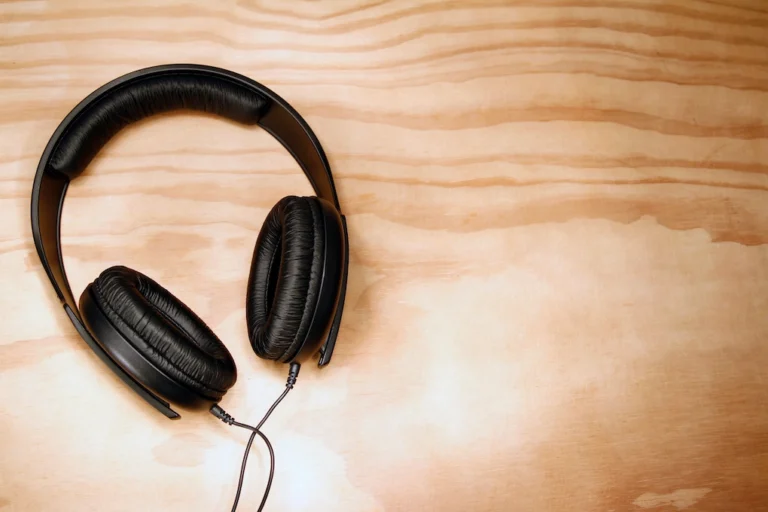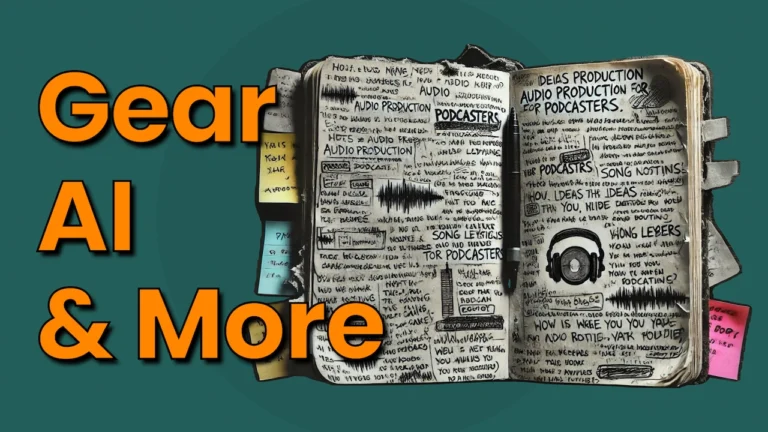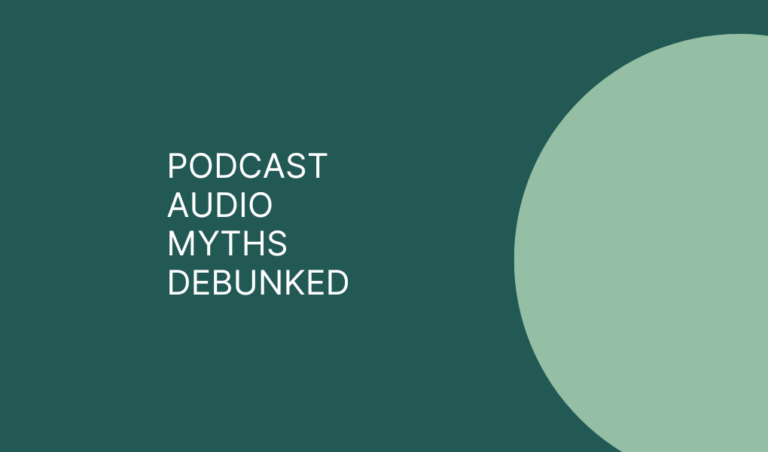The Shure SM7B: A Classic Podcast Mic
If you’ve spent any time in the podcasting or content creation space, you’ve likely encountered the legendary Shure SM7B. Often considered the ultimate podcast microphone, this studio workhorse carries a premium price tag of $399. But is it really worth the investment? Let’s take a look at this microphone and whether it’s the best mic for podcasters, live streamers, YouTubers, and other content creators.
What’s in the Box
For your $399 investment, here’s what you’ll receive:
- The SM7B microphone
- Adjustable metal yoke mount
- Two windscreen options (rounded and flat)
- Switch cover plate
- Limited two-year warranty
Technical Specifications
The SM7B is a dynamic microphone featuring:
- Cardioid polar pattern
- Frequency response: 50 Hz to 20 kHz
- Impedance: 150 ohms
- Sensitivity: -59 dB (1.12 mV at 1 kHz)
- Maximum SPL: 180 dB
- XLR connection
- Weight: 1 pound 11 oz (765.4 grams)
Build Quality and Design
One thing is immediately clear: the Shure SM7B is built like a tank. The all-metal construction extends from the housing to the yoke mount and even the thumb screws. There’s not a piece of plastic in sight. This robust construction suggests this microphone is truly built to last a lifetime.
Sound Shaping Features
The SM7B includes two switches on its base that allow you to shape its frequency response:
- High-pass filter: Rolls off low frequencies starting at 300 Hz, with a steeper drop below 100 Hz
- Presence boost: Enhances mid-frequencies between 900 Hz and 8 kHz for added vocal clarity
The Big Deal: The SM7B & Gain
Perhaps the biggest challenge with the SM7B is its need for gain. It requires a preamp capable of delivering at least 60 dB of clean gain. Even then, many users find themselves reaching for inline boosters like a FETHead or Cloudlifter because they find their recordings too noisy. That’s because most preamps get more noisy as you get closer to maxing out that gain. Ideally, you’d want something that offers 70+ dB of gain like the Focusrite Vocaster or a Rodecaster Pro 2 or Rodecaster Duo.
This gain requirement led to the release of the Shure SM7DB (priced at $499), which includes a built-in booster. However, before investing in additional gear, I recommend testing the mic with your existing setup. In my experience with a quieter voice, I’ve achieved clean recordings with several interfaces, including the RODECaster Duo and Cranborn Audio Camden preamp, though post-production volume adjustment is still necessary.
Pro Tip: Booster Placement Matters
There’s a common misconception about inline boosters adding noise…at least common enough that I feel I need to talk about it. The truth is, placement is crucial. Installing the booster directly after the microphone amplifies only the mic signal. Placing it at the interface end of the cable means you’re also amplifying any noise picked up along the cable run. This is why I prefer compact boosters like the FETHead or SE Electronics Dynamite that connect directly to the microphone.
Performance Features Of The SM7B
The Shure SM7B excels in several areas:
- Exceptional handling noise rejection
- Excellent plosive handling, even when speaking directly into the mic
- Flat frequency response that works well with various voice types
- Takes well to EQ adjustments
- Professional, classic appearance
Is The SM7B Worth It?
Here’s where things get interesting. While the SM7B is undoubtedly an excellent microphone, we need to discuss the law of diminishing returns:
- You can get a solid dynamic mic for $50-$100
- The Shure MV7+ offers great quality at $279
- The Shure SM7B comes in at $399
For most podcasters, the price premium might be hard to justify. The SM7B isn’t necessarily $300 better than a Shure SM58 or $350 better than an Audio-Technica ATR2100X. The truth is, you’re partly paying for the status and reputation of the mic. And more importantly, no one cares what mic you’re using as long as your audio sounds good.
Check out this video to hear how the Shure MV7 compares to the Shure SM7B.
Final Verdict
Who Should Buy the SM7B?
Consider it if you:
- Record in a well-treated space
- Need a mic that works well with various voices
- Have the proper preamp/interface to support it
- Value professional-grade build quality
- Want that classic Shure SM7B sound
- Can justify the investment
Look elsewhere if you:
- Are just starting out
- Have budget constraints
- Need a mic for live streaming without post-processing
- Could better invest the money in room treatment
Remember: Your audience tunes in for your content, not your microphone choice. While the Shure SM7B is an excellent tool, it won’t magically improve your content or grow your audience. Equipment plays a smaller role in how good your content sound than people think. Equipment is fun, but work on making your space sound better before spending on more expensive gear like the SM7B.
The History Behind the Name
For the gear nerds out there: The “SM” stands for “Studio Microphone,” the “7” indicates it’s a dynamic mic, and the “B” represents its iteration. The original SM7 debuted in 1973, followed by the SM7A in 1999, and the current SM7B in 2001. The latest SM7DB arrived just recently with its built-in booster.
Disclosure: Some of the links in this post are “affiliate links.” This means if you click on the link and purchase the item, I will receive an affiliate commission.

